Wo Long: Fallen Dynasty Review - Nioh 2.5
It still perplexes me that the masochistic experience of Soulsborne games has become a global phenomenon played by millions, instead of staying a niche product that mothers use to coerce their mainstream gaming children into behaving. What confuses me, even more, is that a single developer practically dominates the genre. Except for a few intrepid indies, we haven’t seen a big studio meddle with Soulsborne DNA until Team Ninja and Koei Tecmo created monsters of Nioh.
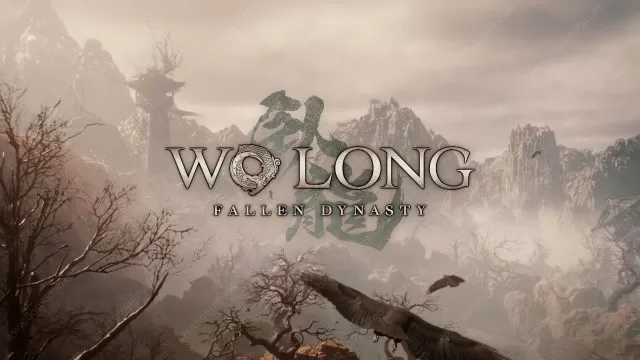
Not wanting to become complacent, Koei Tecmo graces us with another Soulsborne by Team Ninja just three years after Nioh 2. Wo Long: Fallen Dynasty takes us to China and its famous Three Kingdoms period. It keeps the fast and action-packed combat, introducing some new twists and refinements, continuing on the path of insane difficulty. Adrenaline junkies who like to test themselves to the limit will have a field day here.
Romance Of The Three Kingdoms
Our hero is a lowly militia soldier that comes across a mysterious figure while trying to defend a village from Yellow Turban insurgents. As the story develops, you will trek across China during one of the bloodiest periods of its history – the Three Kingdoms era. Straying from the pure historical backdrop, the game introduces supernatural forces in the form of demonic Qi (or Chi, depending on the source) that corrupt everything it touches. That is why you’ll be fighting various human enemies and generals along with demon-possessed zombies and horribly mutated monstrosities.
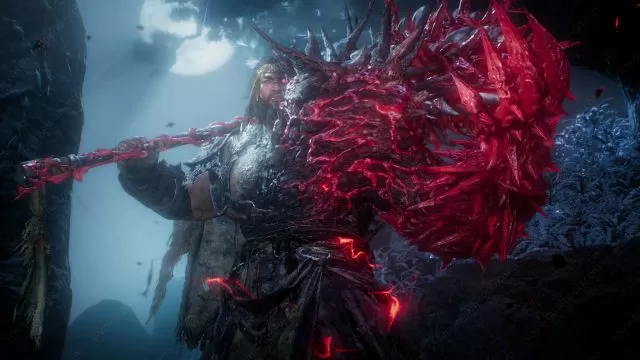
The hardest thing to nail down in the action RPG genre is the fighting system, but Team Ninja seems to have this in the bag. Fighting in Wo Long will feel “just right” to most Soulsborne veterans, especially to those with a preference for very fast combat. The standard formula of a regular attack, block, and parry is enriched with special martial arts moves and wizardry spells.
Spiritual Combat
An important combat factor is spirit, which works a bit like stamina in similar games. It plays a major role in combat since most actions, such as blocks, skills, and spells, utilize the spirit reserve. Once the gauge is empty, you won’t be able to cast and perform special attacks, and the very next hit you receive will stun you. Doing damage to your opponent with normal and deflecting (parrying) attacks is the only way to increase the spirit gauge. Combat is a constant management of your spirit through a careful balance of attack and defense moves that keeps you on your toes, especially against bosses. They have a spirit bar as well and draining it is the best way of defeating them. Pure damage means nothing.
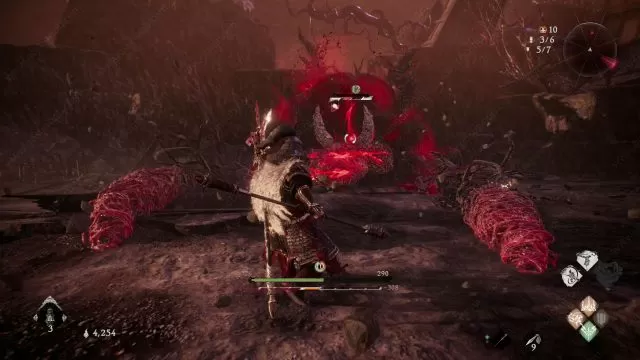
The other significant aspect of combat is the gear. Various weapon types and armor have passive bonuses and you’ll soon have hundreds of equipment choices. Itemization is closely connected to the five elements that you can invest level-up points into. Investing into Wood, Fire, Earth, Metal, and Water each provide bonuses to a certain aspect of your character, unlocking spells and increasing the damage of weapons with that particular element’s affinity. All this provides a certain level of complexity in combat that requires planning and perfect execution if you want to conquer all the challenges the game throws at you, making it a true Soulsborne. It also provides those with an interest in min-maxing with various choices in creating some truly unique builds.
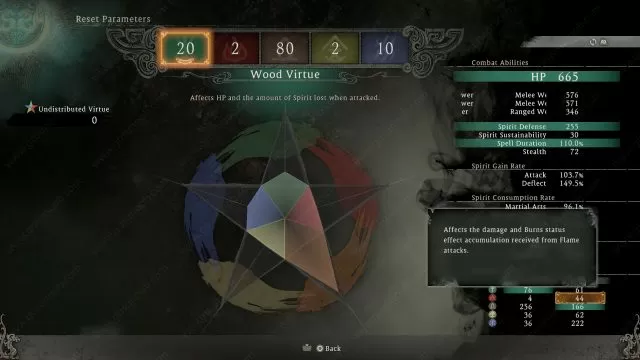
History, Folklore, and Supernatural Drama
Three Kingdoms setting in the context of this game combines fact and fiction. You’ll follow the greatest battles of the period, meeting the most important characters of the era, then the story will start to wander wild. Developers wanted to establish a connection to the icons of Asian history, all the while providing a supernatural angle to everything. As the game carries you through years of history, it starts to feel a bit rushed and non-consequential.
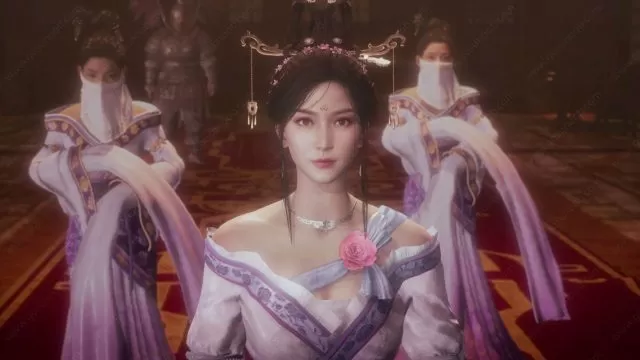
All of this is presented in a graphics engine that feels a bit outdated by now. PlayStation 5 version doesn’t impress visually; although everything worked without a hitch, I can’t help but feel like I was playing a PS4 game. Some of the armor sets you’ll be wearing and monster designs are cool but never spectacular. I was wowed by only a few cutscenes and encounters in the game. The most disappointing technical aspect of Wo Long was the music that felt repetitive and non-inspired. For the first time in years, I felt sufficiently annoyed with music to the point I muted it.
Adrenaline Rush
None of those complaints matter if you’re just looking for the adrenaline rush provided by very tough opponents. There are several difficulty checks in the game that will feed the most masochistic among you. The first comes at the beginning of the game with the first boss. It took hours to defeat. This initial skill check might satisfy the hard-core audiences, but the average Joe or Jane will probably ragequit and never come back. Subsequent bosses took only a few attempts to beat, but the very first one can induce significant trauma.
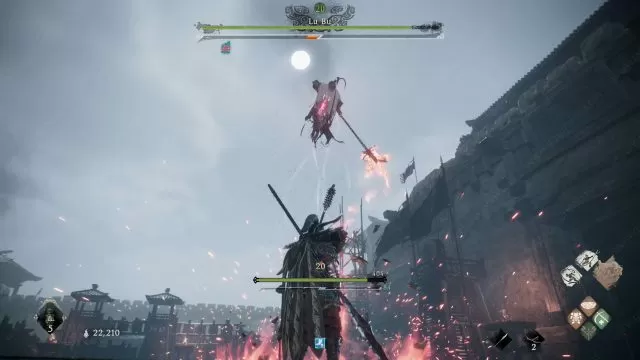
Wo Long: Fallen Dynasty provides a satisfactory action RPG experience that will scratch that difficult combat itch that so many seem to have. It is not a spectacular experience or a genre-defining moment; it is not even a major evolution of the Nioh series, but rather a refinement. Fans of the Three Kingdoms folklore and challenging encounters will certainly have a blast, but for the average civilian, the game could prove a bit too much of a hassle.
Note on our final score for the game. Wo Long: Fallen Dynasty provides an excellent Soulsborne experience with the bar set too high for newcomers to the genre. Game is a solid 8 for gamers looking for a true Soulsborne.
Highs
- Action filled, skill based, combat.
- Some exceptional boss fight designs.
- Refinement of some Action RPG mechanics.
Lows
- Rushed storytelling.
- Muddy graphics.
- Most people will find the difficulty to be too demanding.

